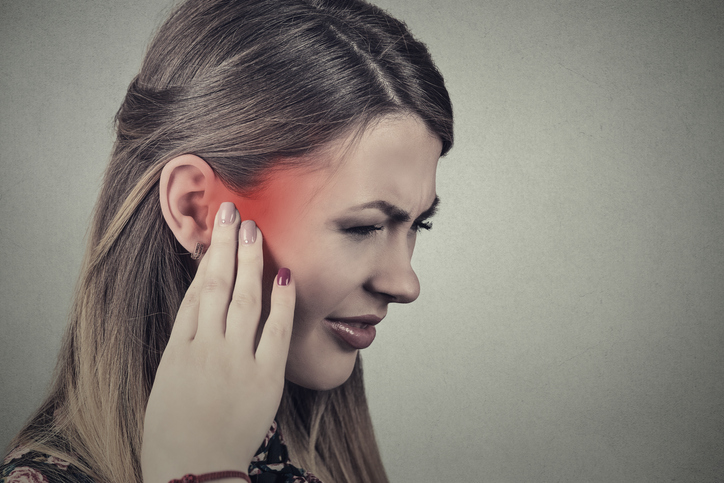OROFACIAL PAIN SPECIALIST: Specific to 5th nerve-Trigeminal nerve that supplies the chewing system.
Types Nerves:
Nerve damage mimics the pathologies of the structures that they innervate causing diagnostic confusion.
Types Nerve Damage:
Nerve Damage causes:
Symptoms:
| Types Nerve Pathologies | Cause of pain |
|---|---|
| 1. Trigeminal neuralgia | blood vessel irritation to ganglion |
| 2. Neuroma | cut nerve regrows wrong |
| 3. Neuritis | inflammation nerve |
| 4. BMS | massive impulses sympathetic system |
| 5. Neurovascular | inflammation nerve blood vessel |
| 6. Intracranial pressure | pressure on nerve by growth |
| 7. Nerve Entrapment | nerve passing through over contracted muscle |
| 8. Extracranial pressure | Compression nerve by tumor |
When the trigger of Trigeminal Neuralgia (TN) is in oral region, it requires Orofacial Pain Specialist due it’s ability to mimic pathologies of the chewing system.
Cluster of episodes of severe pain in or near oral cavity.
Reduce pain Needs:
Concerns:
Trigeminal Neuralia resembles:
Diagnosis Trigeminal Neuralgia:
Trigeminal Neuralgia:
Management of severe pain Trigeminal Nerve Damage:
Treatment for Trigeminal Nerve Damage
Caution: Gamma knife has been proposed as treatment TN. Burning trigeminal nerve should not be first line treatment for TN when decompression procedure is so effective,
Burning Mouth Syndrome: BMS
BMS Statistics:
Possible Causes:
BMS is refractory:
Diagnostic difficulty:
Suggested therapies:
As with most chronic pains, the diagnosis requires the most detail examination along with blood, nutritional, medication, topical, imaging, ultrasound testing, BMS crosses so many different health fields that inter disciplinary communication is required, necessary, critical, and impossible in today’s insurance & government controlled health system.
Neurovascular pain is pain from the nerve that innervates muscle of the blood vessels. The pain is severe. When blood vessel is near tooth it can appear as a toothache. When the blood vessel in other locations like temple forehead it can look like HA.
Neurovascular-NVOP
Neurovascular Tooth Symptoms
OROFACIAL PAIN SPECIALIST: Specific to 5th nerve-Trigeminal nerve that supplies the chewing system.
Types Nerves:
Nerve damage mimics the pathologies of the structures that they innervate causing diagnostic confusion.
Types Nerve Damage:
Nerve Damage causes:
Symptoms:
| Types Nerve Pathologies | Cause of pain |
|---|---|
| 1. Trigeminal neuralgia | blood vessel irritation to ganglion |
| 2. Neuroma | cut nerve regrows wrong |
| 3. Neuritis | inflammation nerve |
| 4. BMS | massive impulses sympathetic system |
| 5. Neurovascular | inflammation nerve blood vessel |
| 6. Intracranial pressure | pressure on nerve by growth |
| 7. Nerve Entrapment | nerve passing through over contracted muscle |
| 8. Extracranial pressure | Compression nerve by tumor |
When the trigger of Trigeminal Neuralgia (TN) is in oral region, it requires Orofacial Pain Specialist due it’s ability to mimic pathologies of the chewing system.
Cluster of episodes of severe pain in or near oral cavity.
Reduce pain Needs:
Concerns:
Trigeminal Neuralia resembles:
Diagnosis Trigeminal Neuralgia:
Trigeminal Neuralgia:
Management of severe pain Trigeminal Nerve Damage:
Treatment for Trigeminal Nerve Damage
Caution: Gamma knife has been proposed as treatment TN. Burning trigeminal nerve should not be first line treatment for TN when decompression procedure is so effective,
Burning Mouth Syndrome: BMS
BMS Statistics:
Possible Causes:
BMS is refractory:
Diagnostic difficulty:
Suggested therapies:
As with most chronic pains, the diagnosis requires the most detail examination along with blood, nutritional, medication, topical, imaging, ultrasound testing, BMS crosses so many different health fields that inter disciplinary communication is required, necessary, critical, and impossible in today’s insurance & government controlled health system.
Neurovascular pain is pain from the nerve that innervates muscle of the blood vessels. The pain is severe. When blood vessel is near tooth it can appear as a toothache. When the blood vessel in other locations like temple forehead it can look like HA.
Neurovascular-NVOP
Neurovascular Tooth Symptoms

 Raleigh Facial Pain © 2025 All Rights Reserved.
Raleigh Facial Pain © 2025 All Rights Reserved.